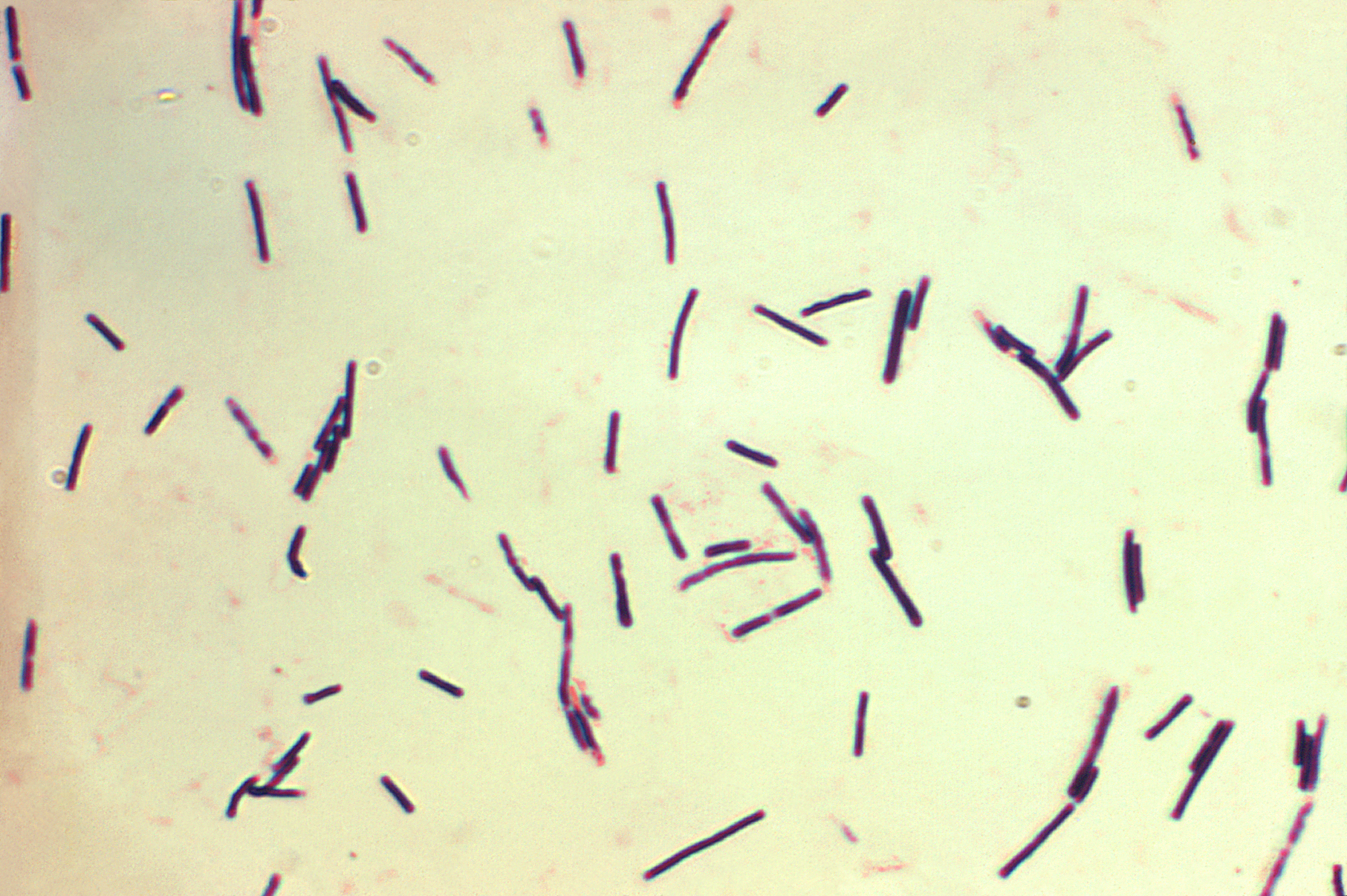



2021 IPPE: Effects of proprietary feed brands on principle egg attributes
New research using proprietary feed brands shows their impact of the principal attributes of eggsPart of Series:
< Previous Article in Series Next Article in Series >

Speaking at the 2021 International Poultry Science Forum, animal scientist Ireti Adenike Oludoyi of the University of Ibadan presented her research findings.
In the Nigerian poultry industry, feed proprietors claim that their products all meet similar standards. But according to the existing literature, the high cost and potential lack of availability of free ingredients could result in compromised quality among some manufacturers. This, in turn, affects the quality of the eggs produced by the laying chickens.
According to the literature, egg quality is broadly defined as the features of the egg that make it more acceptable to end consumers. These include vitelline membrane, shell thickness, nutritional composition, egg weight and more. Oludoyi’s research sought to specifically assess the effect that various feed brands had on egg quality of laying chickens in the late laying phase.
Research design
This study was carried out at the poultry unit of the Teaching and Research Farm, University of Ibadan in Oyo State, Nigeria. 540 normal ground layers aged 59 weeks were allotted randomly to six different brands of feed, all anonymized and coded A, B, C, D, E and F, within the poultry cage.
The experimental design was a 6x5 factorial arrangement in a completely randomized design. Each treatment was replicated 10 times, and the hens were fed for 15 weeks. 360 freshly laid eggs were sampled at Week 74 and stored at temperatures between 24 and 29°C, with humidity ranging from 73% to 84%. Egg internal characteristics were determined on 60 eggs on Days 0, 7, 14, 21 and 28.
Impacts of feed brands on egg attributes
According to the study, egg width and length were not affected by the different feeds. However, shell thickness from hens fed Brand A was found to be thicker (p<0.05). Egg shell quality is especially important because thicker shells better protect the eggs from physical damage and contamination. It must be strong enough to prevent breakage during packaging and transportation throughout the entire supply chain.
The thicker eggshell was likely due to that brand’s higher calcium content. Thus, the study seemed to demonstrate that feeds with higher calcium and phosphorus content can directly affect egg quality.
With regards to the internal egg attributes, while the albumen weight and height were not influenced differently by different feeds, the Haugh unit was. The Haugh unit is a measure of egg protein quality, calculated from the albumen height and egg width. This determines how the egg will spoil, whether the egg is suitable for certain kinds of production, etc.
Hens fed Brands C (77.69) and F (77.50) produced eggs with a significantly higher (p<0.05) Haugh unit than Brand E (75.07), while those produced by hens fed Brands A, B and D were similar (p>0.05).
Impact of feed brands on egg shelf life
The study also examined the effects of the feed brands on eggs over the duration of storage. This can help determine the shelf life of the eggs and help to prevent spoilage, which can reduce egg loss.
According to the study, the egg weight and Haugh unit across all feeds reduced from Day 0 to Day 28. Egg weight typically reduces over time due to carbon dioxide, moisture, ammonia and other gases being released through the shell.
However, the yolk diameters increased from Day 0 to Day 28. This is typically the result of the passage of CO2 and oxygen from the egg white to the yolk through a process known as osmotic migration. This makes the spherical shape of the eggs more flaccid, weakening the vitelline membrane. Eventually, it can weaken to the point that the content of the egg yolk mixes with the egg white.
Impact of feed brands on egg weight
Another important parameter to consider is egg weight, mostly because it impacts the attractiveness of an egg to the end consumer. Given the choice, most consumers would rather purchase a larger egg than a smaller one.
The study showed that hens fed Brand C produced eggs with the highest weight on Day 7, demonstrating that feed brand does impact this important variable.
Key findings from the study
Here is a brief summary of the findings from Oludoyi’s study:
- Hens fed Brands A and B produced eggs of a higher yolk weight and deeper yolk color
- Hens fed Brand A produced eggs with thicker shells
- Hens fed Brands C and F produced eggs with higher Haugh units than Brand E; all those laid by hens on Brands A, B and D had similar results
- All egg attributes, with the exception of egg length, was affected by the egg storage duration
Based on the research Oludoyi and her team conducted, the clear conclusion was that egg principal quality characteristics varied with the different brands used, and with duration of storage.
The International Poultry Science Forum was held January 25-26 as part of the virtual IPPE Conference. Click here for more information about the event.












